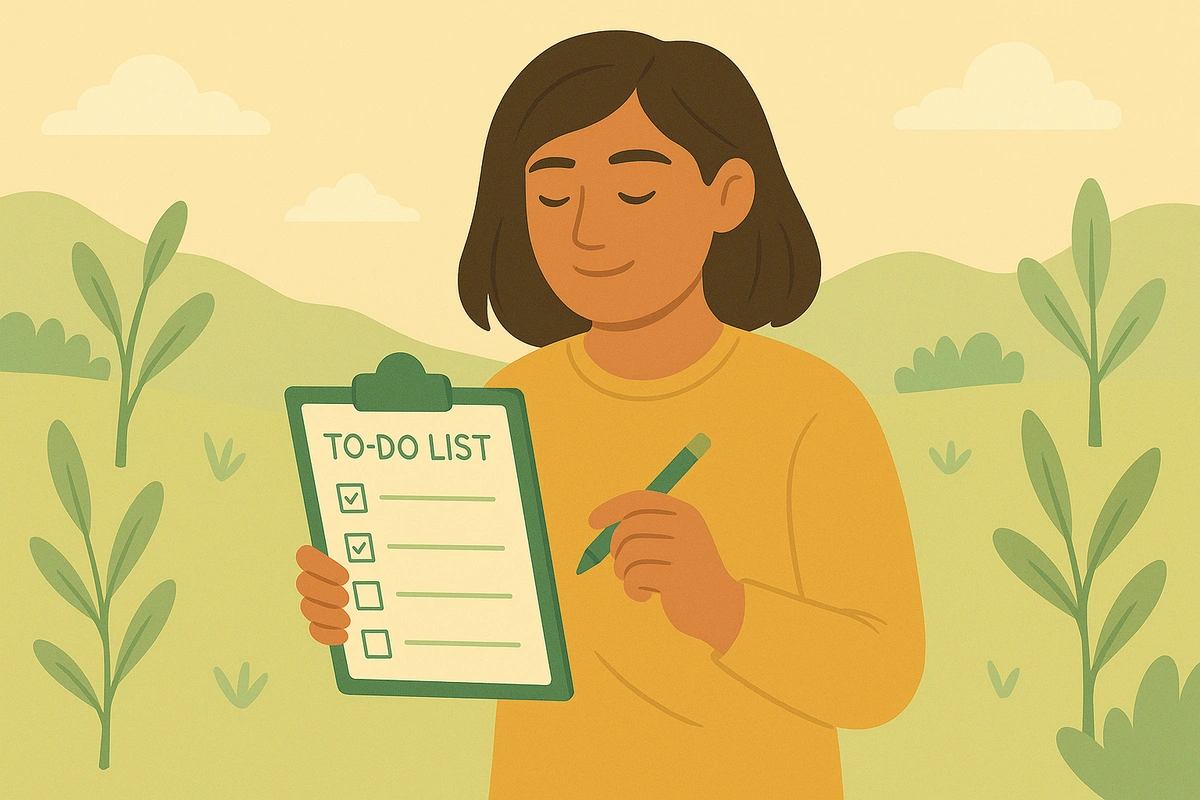Reducing avoidance behaviors involves systematically confronting situations you typically avoid due to anxiety, using gradual exposure to break the cycle that maintains and worsens fear. This evidence-based approach retrains your brain to respond more adaptively to perceived threats, building lasting confidence and emotional resilience.

Reducing avoidance behaviors means deliberately identifying and gradually confronting situations, people, or activities that you typically avoid due to anxiety or fear. This fundamental exposure therapy technique works like physical therapy for your emotional responses - by taking manageable steps toward what you fear, you teach your brain that these situations are actually safer than your anxiety suggests.
Avoidance behaviors might seem logical in the moment because they provide immediate relief from uncomfortable feelings. However, this protective response actually feeds the very problem you're trying to solve. Each time you avoid something that triggers anxiety, you reinforce the message to your brain that this situation is truly dangerous and must be escaped. This creates what psychologists call the anxiety-avoidance cycle, where avoiding anxiety-provoking situations maintains and often increases both the fear and the avoidance behavior over time.
Reducing avoidance behaviors works by leveraging your brain's natural ability to learn new associations and adapt to your environment through a process called extinction learning. When you repeatedly face feared situations without the expected negative consequences, your brain gradually updates its threat assessment and reduces the anxiety response.
Your brain's fear center, called the amygdala, acts like a smoke detector that's become oversensitive. When you consistently avoid certain situations, this system never gets the chance to learn that the "smoke" it's detecting isn't actually fire. Through gradual exposure, you provide your brain with new evidence that contradicts its original fear-based learning, allowing more accurate threat assessment to develop.
The technique works on multiple levels simultaneously. Habituation occurs when repeated exposure to the same stimulus naturally decreases your emotional response over time - think of how a strong smell becomes less noticeable the longer you're exposed to it. Emotional processing happens as you create more realistic beliefs about feared situations based on actual experience rather than anxious imagination.
Self-efficacy builds as you discover that you can tolerate discomfort and manage challenging situations more effectively than you initially believed. This growing confidence in your own coping abilities becomes a powerful resource for handling future challenges and uncertainties.
The approach also interrupts the negative reinforcement cycle that maintains avoidance. When you avoid something anxiety-provoking, the immediate relief you feel actually strengthens the avoidance behavior, making it more likely you'll avoid similar situations in the future. By staying present with discomfort until it naturally decreases, you break this cycle and develop healthier ways of responding to anxiety.
Most importantly, exposure therapy activates your brain's capacity for inhibitory learning - essentially teaching new, adaptive responses without erasing the original fear memory. Your brain learns that while certain situations might feel scary, they're actually manageable and don't require avoidance for safety.
"My anxiety gets worse instead of better during exposure" - This is actually normal for the first several minutes of any exposure. The key is staying in the situation long enough for natural anxiety reduction to occur. If anxiety continues escalating after 20-30 minutes, the exposure may be too challenging and you might need to break it into smaller steps.
"I keep avoiding my planned exposure sessions" - This suggests the chosen exposure might be too difficult for your current level. Drop back to something that feels 80% manageable rather than 50% manageable, and build momentum with easier successes before attempting more challenging situations.
"I completed the exposure but still feel just as anxious about it" - You may have used subtle safety behaviors that prevented full learning from occurring. Review whether you rushed through the situation, distracted yourself, or relied on "security blankets" that reduced the effectiveness of the exposure.
"I feel like I'm not making progress fast enough" - Exposure therapy progress is rarely linear, and everyone's timeline is different. Focus on comparing your current abilities to where you started rather than where you think you should be. Small, consistent progress is more sustainable than dramatic breakthroughs.
"The exposure worked for one situation but I'm still anxious about similar things" - This is normal - anxiety reduction often doesn't automatically generalize to new situations. Plan exposures for each specific situation you want to tackle, as your brain tends to learn situation-specific rather than general fearlessness.
"I feel embarrassed about needing to do exposure exercises" - Remember that facing fears requires genuine courage, and many people struggle with avoidance behaviors. Working systematically to overcome these patterns demonstrates strength and self-awareness rather than weakness or inadequacy.